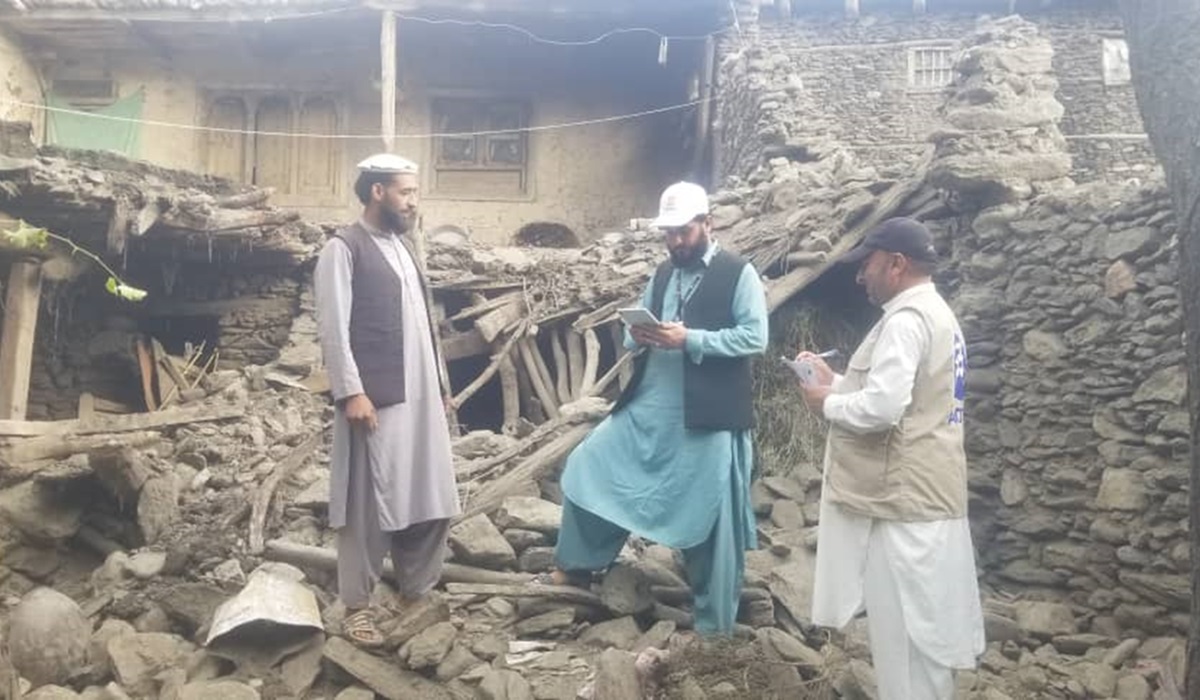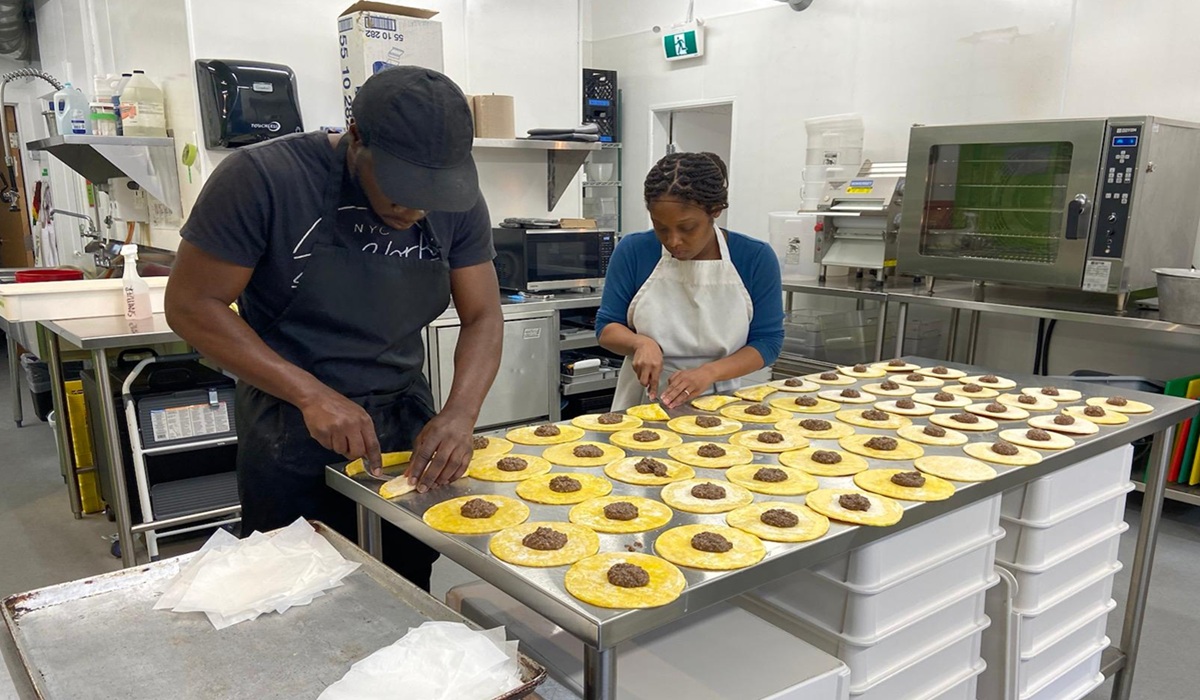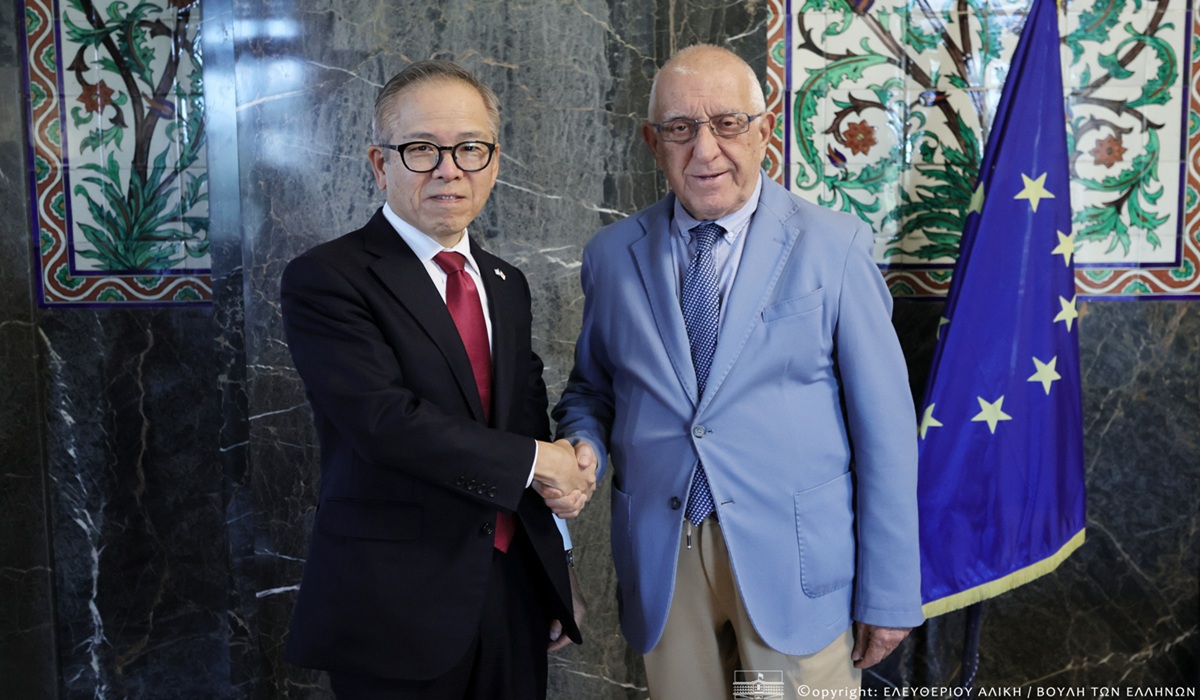Afghanistan Earthquake Response Stalled by Lack of Funding
- Naomi Dela Cruz
- Middle East
- Trending News
- September 3, 2025

Image Credit: NRC
Eastern Afghanistan is reeling from one of the deadliest earthquakes to strike the country in recent memory. On August 31, more than 1,400 people lost their lives, over 3,100 were injured, and at least 5,400 homes were destroyed or severely damaged. For survivors, the disaster is not just about collapsed buildings but about the collapse of hope in a nation already struggling with overlapping humanitarian crises.
According to Jacopo Caridi, Country Director of the Norwegian Refugee Council (NRC) in Afghanistan, the quake’s devastation has been compounded by Afghanistan’s ongoing vulnerabilities. “The earthquake is not a stand-alone disaster,” Caridi said. “It hit communities that were already struggling with displacement, food insecurity, drought and the return of hundreds of thousands of Afghan refugees from neighbouring countries.”
In Kunar province, NRC teams report that families are spending nights in the open, too afraid to re-enter damaged homes and enduring repeated aftershocks. Makeshift camps have sprung up, where as many as 50 to 100 women and children are forced to share a single tent. Basic facilities are absent; there is no proper access to water or sanitation. Survivors face heightened risks of disease and malnutrition on top of the psychological toll of the disaster.
Caridi described the trauma etched into the lives of survivors. Children, some pulled from rubble hours after the quake, remain deeply shaken. One story stands out: a 70-year-old man in Norgal who lost 18 members of his family in the earthquake now finds himself completely alone, with nowhere to turn. Such accounts are becoming tragically common in the quake-affected valleys, where families have lost not only loved ones but also livestock, food stores, and the water channels that sustained their crops.
Despite the urgency, the humanitarian response is faltering. Local resources have been stretched to their limits, and aid agencies say that inadequate international funding is slowing both the scale and the speed of life-saving operations. “Lack of funding is limiting the scale and speed of the humanitarian response,” Caridi stressed, calling on donors to take action before the situation deteriorates further.
The NRC and other organizations are conducting joint assessments and distributing immediate relief items, including blankets, shelter repair kits, hygiene supplies, kitchen utilities, and cash assistance. Plans are also underway to restore access to safe drinking water, a critical step in preventing outbreaks of disease in crowded, temporary shelters. But the needs far outweigh the available resources.
The timing of the disaster could not be worse. Afghanistan is approaching winter, when freezing temperatures will make life unbearable for families without adequate shelter. “It is a race against time to be able to provide people with adequate shelter before the winter,” Caridi warned. If more support is not mobilized, thousands of displaced Afghans will face cold, hunger, and illness in the coming months.
The crisis is intensified by Afghanistan’s broader challenges. Since January 2025, more than 1.9 million Afghans have returned from Iran and an additional 260,000 from Pakistan. Many of these returnees are already in dire need of assistance, joining the millions displaced by conflict, drought, and economic collapse inside the country.
For aid groups, the earthquake has become a stark reminder of Afghanistan’s precarious position. Caridi’s appeal went beyond immediate relief, urging the international community to recommit to Afghanistan for the long term. “The earthquake should serve as a stark reminder: Afghanistan cannot be left to face one crisis after another alone,” he said. “Donors must step up and remain engaged for the long haul — not only to fund life-saving relief, but also to ensure Afghans have a chance at a future beyond perpetual emergency.”
As survivors dig through rubble and aid workers scramble to deliver relief, the message from the ground is clear: without sustained international support, Afghanistan risks plunging even deeper into a cycle of devastation from which recovery becomes increasingly difficult.








